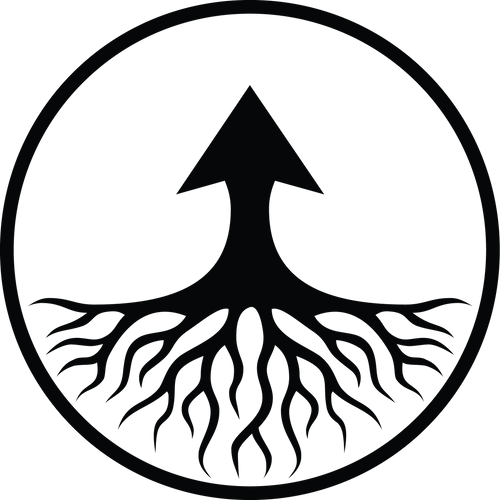
Triceratops
The Triceratops, known for its distinctive 'three-horned face,' was a prominent figure in the late Maastrichtian age of the Late Cretaceous period, around 68 to 66 million years ago in western North America.
Recognizable by its large bony frill, three horns on the skull, and a large four-legged body, it was one of the largest ceratopsians, measuring up to 8–9 meters in length and weighing between 5–9 metric tons.
Triceratops shared its habitat with the Tyrannosaurus and has been a subject of fascination due to its iconic frills and horns, which were likely used in species identification, courtship, and dominance displays.
3 Awesome Triceratops Facts:
- Rapid Growth to Maturity: Triceratops experienced rapid growth rates, reaching near-adult sizes relatively quickly. This fast growth was necessary to achieve their massive size as adults.
- Unique Horn Transformation: Triceratops' horns transformed significantly throughout its life. Younger individuals had horns that curved backward, while adults had horns that pointed forward, indicating a possible role in mating or territorial disputes.
- Varied Specimen Discovery: Triceratops is one of the most well-documented dinosaurs, with numerous remains discovered since its first description in 1889. These findings represent various life stages, from hatchlings to adults, providing a comprehensive view of its growth and behavior.
Join us and help make change.
Our dinosaur plushie collection support our partners building schools for underserved communities in Sierra Leone. Download our app stay up to date from news from our charity partners, plus get 50% off your first order placed on our app!


